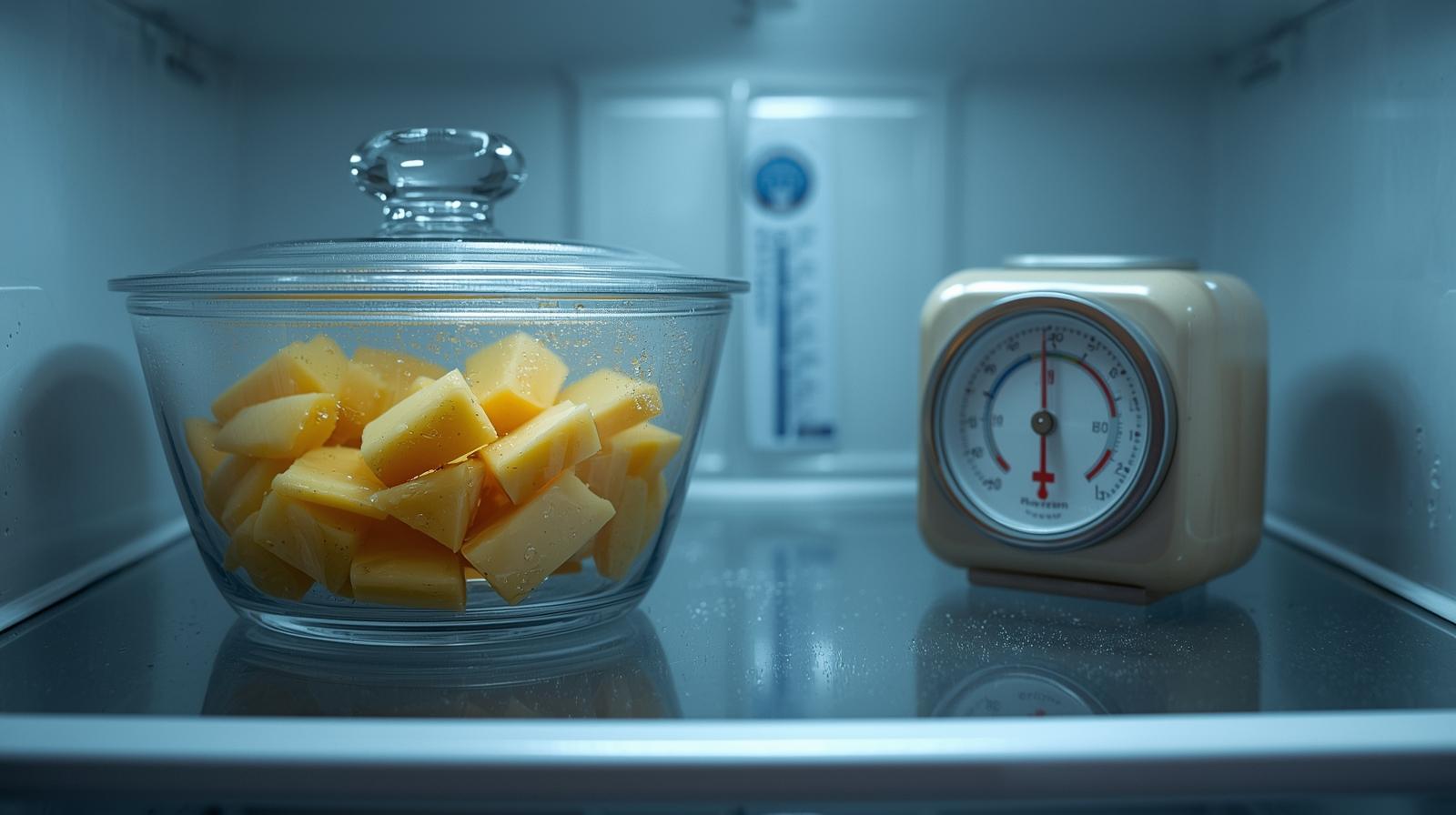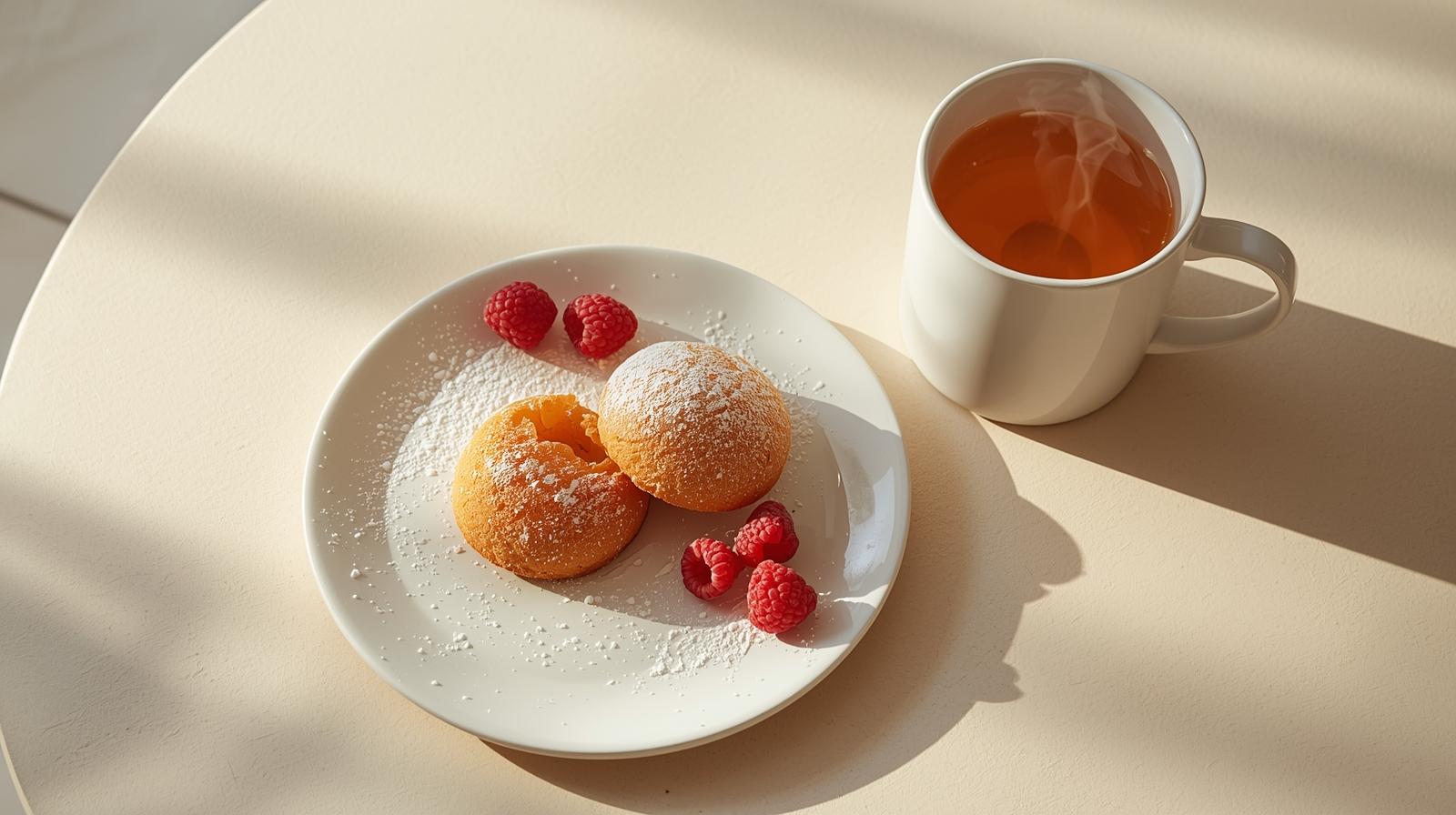
Polvoron in Pregnancy — The Short Answer
Yes—you can enjoy polvoron during pregnancy. Filipino-style polvoron (influenced by Spanish shortbread) is a no-bake pressed sweet traditionally made from toasted flour, powdered milk, butter, and sugar. There’s typically no raw egg in classic versions, and commercial dried milk powder is made from pasteurized milk. That combination makes polvoron a relatively low-risk confection when prepared and stored properly.
As with any shelf-stable sweet, consider allergens (wheat/gluten, milk, nuts, sesame), the handling of butter, and clean storage to prevent off-flavors or rancidity. We’ll walk through bakery options, home-prep safety, storage in hot climates, how to handle chocolate coatings, and practical portion strategies—especially if you’re navigating gestational diabetes (GDM) or simply want a lighter treat moment.
What Exactly Is Polvoron?
Polvoron are delicate, crumbly pressed sweets—think of them as a toasted milk-and-flour shortbread that holds together just enough to be wrapped in cellophane. In the Philippines you’ll find classic (plain), pinipig (pounded green rice flakes), ube (purple yam powder or flavor), cashew or almond variants, and chocolate-dipped versions. The method is simple: toast the flour until nutty, mix with powdered milk and sugar, then stir in melted butter until sandy and pack into molds.
- No-bake, but not raw: The flour is toasted (heat-treated), and the dairy is pasteurized milk powder.
- Texture: Crumbly, melt-in-the-mouth; it should not feel greasy or taste stale.
- Variations: Pinipig crunch, sesame, nuts, ube powder, cookies-and-cream crumbs, or a thin chocolate shell.
Pregnancy Safety Pillars for Polvoron
1) Pasteurized Dairy & Dry Handling
- Powdered milk is pasteurized during manufacture. Keep it dry, sealed, and clean—use a dry scoop.
- Butter is safe when fresh and cleanly handled; avoid leaving melted butter standing warm for long periods.
- Choose reputable brands; check expiry dates, especially for milk powder and butter.
2) Toasting Flour = Better Flavor & Handling
- Toast flour in a dry pan over medium-low heat, stirring until evenly tan and nutty; let it cool before mixing.
- Toasting reduces raw flour taste and improves the sandy, melt-in-mouth texture polvoron is known for.
- Cool ingredients fully—heat + butter can cause greasiness or separation.
3) Allergens & Cross-Contact
- Milk, wheat/gluten, nuts (almond, cashew), and sesame are common.
- Chocolate coatings can introduce soy lecithin and traces of nuts. Read labels.
- In shared kitchens, use separate bowls/scoops for nut and non-nut batches to prevent cross-contact.
4) Storage, Heat & Humidity
- Store polvoron in an airtight container in a cool, dry place away from direct sun.
- In hot/humid climates or for chocolate-dipped versions, keep refrigerated; bring to room temp before serving.
- Watch for off-odors or a rancid taste (stale fat); discard if detected.

Buying Polvoron — Bakeries, Pop-Ups & Gift Boxes
Packaged polvoron from established brands are typically shelf-stable; artisanal versions at pop-ups or pastry shops can be just as safe when handled well. A quick scan helps you pick the best:
- Label check: Ingredients, allergens, best-before date, and storage advice.
- Display hygiene: Wrapped pieces or enclosed cases are preferable to open trays in warm rooms.
- Heat sensitivity: If the day is hot, ask for a cool bag or refrigerate soon after purchase—especially for chocolate-dipped pieces.
- Flavor freshness: Nuts and sesame can go rancid over time; fresher boxes taste brighter and cleaner.
Homemade Polvoron: A Pregnancy-Smart Playbook
- Toast the flour in a dry skillet, stirring constantly until pale tan and nutty. Spread on a tray to cool completely.
- Measure powders cleanly: Use a dry scoop for milk powder and sugar; keep containers sealed between steps.
- Melt butter gently and let it cool slightly. Stir into the flour/milk/sugar until sand-like and cohesive when pressed.
- Mix-ins: Fold in pinipig, toasted nuts, sesame, ube powder, or cookie crumbs. Keep mix-ins dry and fresh.
- Pack firmly into a polvoron mold; tap out onto a parchment-lined tray. If crumbling, add a tiny bit more butter or press more firmly.
- Chill to set before wrapping. Individual cellophane helps preserve texture and keeps hands off.
- Chocolate-dipped: Tempering keeps shells snappy; if skipping tempering, store chilled to prevent bloom and smearing.
- Storage: Airtight at cool room temp; refrigerate in hot weather. For best quality, enjoy within 1–2 weeks (homemade).
Variations, Allergen-Aware Swaps & Lighter Tweaks
- Nut-free: Skip almonds/cashews; try pinipig or sesame if tolerated (watch sesame allergy).
- Gluten-free: Classic polvoron uses wheat flour; if you experiment, use heat-treated GF flour or nut/seed meals—texture will differ.
- Reduced sweetness: Trim sugar by ~10–15% and boost flavor with toasted milk powder, a pinch of salt, or vanilla powder.
- Richer feel, smaller size: Use mini molds and savor slowly; it’s easier on portions and on reflux comfort.
Portions, GDM & Comfort — Making Sweets Work For You
Polvoron is a dense treat—butter and sugar in a small package. If you’re managing gestational diabetes (GDM), the usual strategies apply: modest portions, pair with protein/fiber, and consider enjoying it after a meal rather than alone. Even without GDM, many pregnant readers find they feel better with one small piece and tea than with multiple pieces at once.
- “Mini” mindset: Make or choose smaller molds; slow bites highlight the toasted-milk flavor.
- Pairings: Unsweetened tea, water, and a small handful of nuts (if tolerated) or fresh fruit to add fiber.
- Reflux comfort: Avoid eating right before lying down; smaller portions digest more comfortably.

Quality, Shelf Life & When to Discard
Because polvoron is low in moisture, it can last well when kept dry and cool. Still, fat can oxidize and flavors can stale: homemade versions are nicest within 1–2 weeks; commercial boxed varieties usually list a best-before date— follow it. Discard any pieces that taste rancid, smell off, feel greasy-soft from heat exposure, or show moisture spots. If chocolate-dipped, look for whitish bloom (harmless but indicates storage temperature swings); if the coating smells waxy or stale, choose fresher stock.
Pregnancy FAQ — Polvoron
Can I eat polvoron while pregnant?
Yes—polvoron is generally pregnancy-safe when made with pasteurized milk powder and handled hygienically.
Does polvoron contain raw egg?
Traditional polvoron uses toasted flour, powdered milk, sugar, and butter—no raw egg. Verify recipes that add binders or marshmallow for special versions.
Is milk powder pasteurized?
Commercial powdered milk is produced from pasteurized milk and is safe when used as directed; keep it dry and sealed.
How should I store polvoron?
Keep in an airtight container in a cool, dry place. In hot or humid climates—or for chocolate-dipped versions—refrigerate and bring to room temp before serving.
Any allergen concerns?
Common allergens include milk, wheat/gluten, nuts, sesame, and soy (in some coatings). Check labels and avoid cross-contact in shared kitchens.
What about sugar if I have gestational diabetes (GDM)?
Polvoron is energy-dense. Keep portions modest, pair with protein/fiber, and time it after a balanced meal per your clinician’s guidance.
